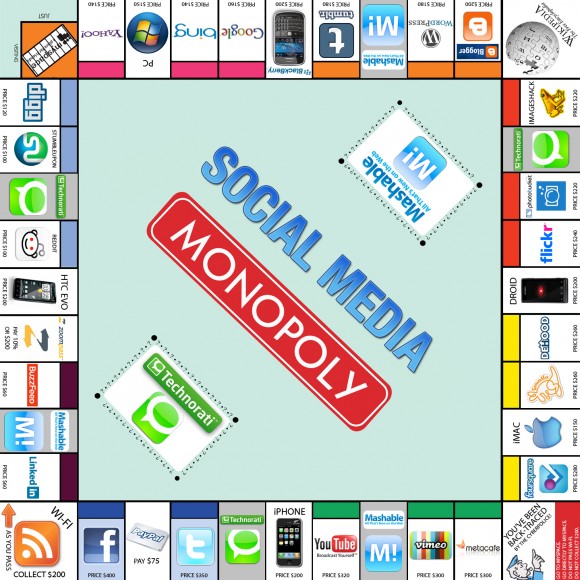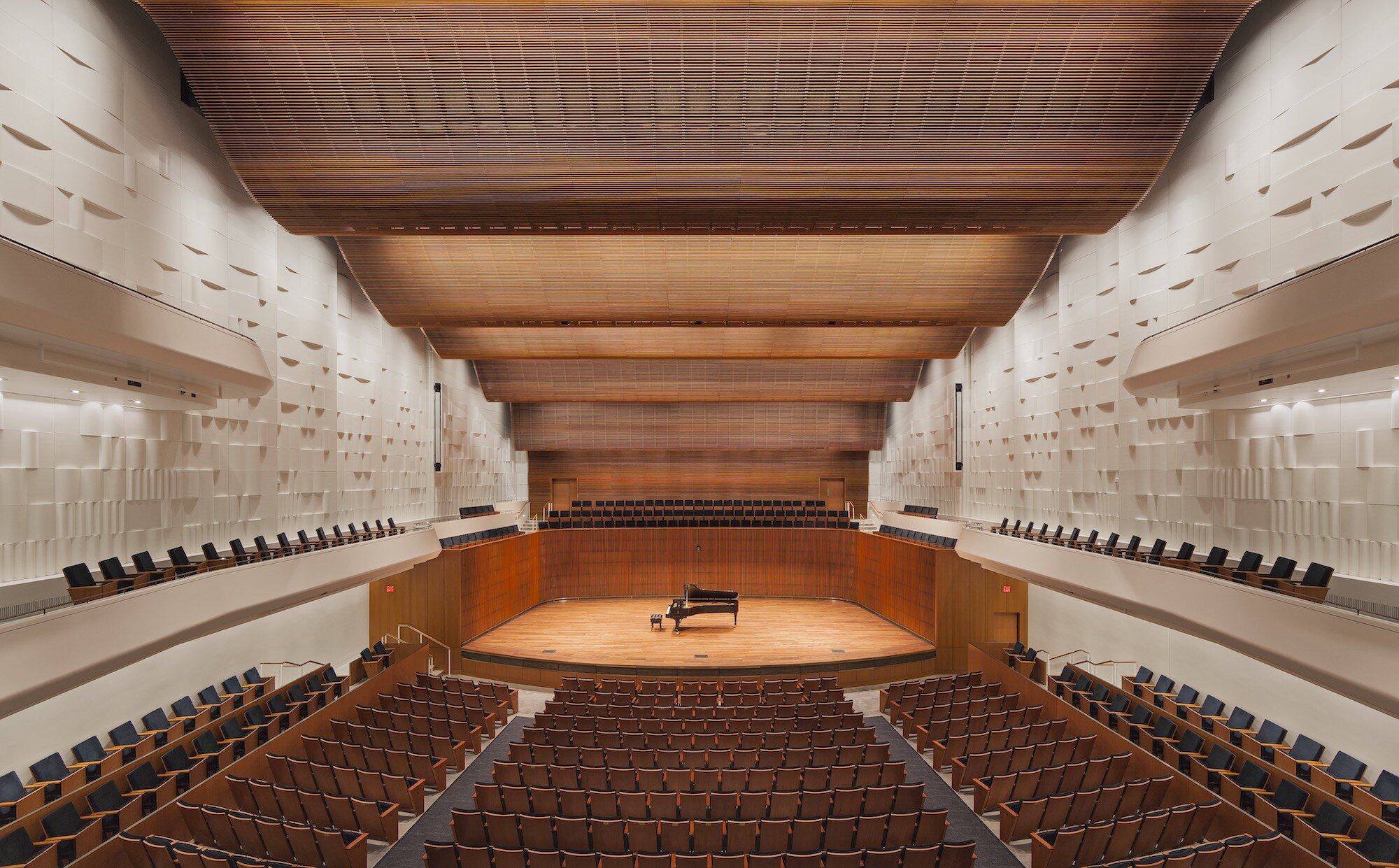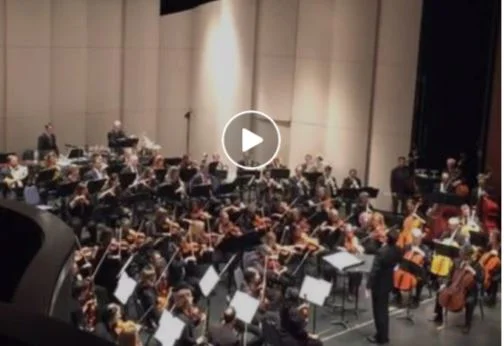Today, we are taking a moment to look back on some of AMT Lab’s most notable content that discusses innovation at the intersection of technology and theatre.
Expanding our Live Streaming Future: Refining and Developing New Arts & Entertainment Experiences
Livestreaming has become a burgeoning global industry, recording eight billion hours of content watched in the last quarter of 2020 (May, 2021). This research projects examines the industry before the COVID-19 pandemic, how it evolved during the pandemic, and its future opportunities. From October to December 2020, over eight billion combined hours of content were watched as livestreams on the top three largest platforms, Twitch, YouTube, Facebook Live (May, 2021). Using data from industry leader interviews, a national survey, and case studies the team reveals the power and current technology limitations to livestreaming for the live entertainment industry.
Theatrical Livestreaming: Fostering the Next Generation of TheatreMakers
In my previous AMT-Lab article, Livestreaming And Live Theatre: A Promising New Industry, I presented the data and specifics of the current livestreaming market as a whole. During this research, I found that livestreaming viewership set record highs in 2020. Not only was livestreaming able to grow during the initial impact of the pandemic, but this interest was maintained throughout 2020 and into 2021. Livestreaming, as an industry, grew by 81% in 2020. The large potential for market utilization is undeniable. Most importantly, however, is that livestreaming theatrical events offer a level of access and opportunity to arts and cultural events that have yet to be capitalized.
Livestreaming and Live Theatre: A Promising New Industry
These last two years have forced audiences to seek out arts opportunities and engagements through new mediums. Theatre organizations around the world closed their doors, forced to look for new ways to interact with their audiences. Many turned to digital content, such as streaming and livestreaming. While these two mediums appear to be similar, they are entirely different forms of media. “Livestreaming is when the streamed video is sent over the Internet in real-time, without first being recorded and stored.”[1] It allows for increased engagement with audiences and in many cases, livestreams allow for audiences to directly interact with the host through chat features, polls, and subscriptions.[2]
Discovering the Second Stage: Orchestras' Digital Adaptation
As audiences gradually begin filling halls once again, orchestras are having to ask the question of what’s next for the newfound digital space. Do they take the risk of funneling resources towards streams on the heels of a devastating fiscal year, or divest and potentially sacrifice a newfound means of reaching their communities through increased accessibility? Contributor Cameron Massey looks to established and emerging examples.
From the Hollywood Bowl to Drive-In Concerts: Live Music During Covid
Live music venues—from large to small—have had to look for alternative ways to stay afloat and engage audiences while the pandemic prevents people from gathering en masse. Many places have turned to technology for solutions, frequently in the form of live streamed concerts. The following three cases provide a breadth of examples for how venues are innovating in the face of adversity and planning to implement technological solutions before and after reopening. The Hollywood Bowl is an example of a large, outdoor venue that could benefit from using software to map out what seats could safely be filled. As a small, independent venue, Mr. Smalls Theatre exemplifies how to use technology to remain connected with the community. A trend among artists and performing arts organizations across the United States is the repurposing of the drive-in model. We will look at how that can provide a safe, live complement to digital offerings.
Live Streaming Performing Arts Using Social Media: Why, How & Best Practices
As more people are consuming and participating in the arts via electronic media, it is essential for arts institutions to develop a strong online presence. Uploading content and performances online can allow more people to access the arts and learn about an institution. One strategy to increase engagement and build an online presence is through live streaming. This paper explores the benefits of live streaming, and how it can remove barriers of access to the arts. It explores various platforms for streaming, like Facebook, Periscope, Youtube, Livestream.
Beyond Livestreaming: Remote Theatre Attendance through Virtual Reality (VR)
Virtual Reality technology is increasingly more sophisticated and powerful, and it’s predicted to fully hit the mainstream within the next year. In the performing arts VR has been adopted slowly, most commonly used for immersive experiences. However, there may be a lost opportunity: institutions can use VR simply to grow audiences.
Wading Into Live Streaming with Facebook Live
Live streaming has become a popular trend for performing arts organizations, and many have turned to Facebook to broadcast their shows. Many organizations may find it beneficial to start their live streaming journey with Facebook Live, continue to use the platform for events that are likely to attract a lot of Facebook users, and invest in higher quality live streaming services as they grow.
How Museums Can Leverage Live Streaming Technology
Livestream, Ustream, We all stream: A practical guide to streaming platforms

- With so many choices when it comes to streaming video, what's an arts organization to do?

A few weeks ago, I highlighted some emerging trends in arts marketing for 2011. One of the trends was “changing media consumption”, part of which includes arts organizations streaming performances live, whether to ballparks or online.
So let’s say that your organization is interested in streaming a performance live as it is happening or streaming a pre-recorded performance at a scheduled time. What are your options as far as platforms for streaming that video? And which organizations are out there using these platforms?
YouTube: The Non-option for Live Streaming
YouTube is the big name for online video, but livestreaming on YouTube will only be available for content partners. YouTube has not announced when livestreaming capabilities will go live. Approved by YouTube, content partners are people and companies that post regularly to the site and so that they can monetize their content with ads and rentals, obtain better digital quality for their uploads, and use YouTube’s Insight analytics tools.
You can apply to become a YouTube content partner to gain the above benefits. They have a special program specifically for nonprofits that currently includes arts organizations like Anaheim Ballet, MOMA, and Pilobolus Dance.
So when should you use YouTube? As of now, it’s the most mainstream choice for video, and therefore the easiest platform on which to build a community. YouTube has also streamed major events involving the arts community, like the Guggenheim’s YouTube Play Event. You might use it to post clips of the streaming event after the event is over and to host videos long-term; but right now, don’t depend on YouTube to release streaming capability any time soon.
Brightcove/Ooyala: The Gold Standard
Brightcove is the high-end gold standard for streaming. Many major corporations use it, as well as arts organizations like San Francisco Ballet and the Royal Opera House. It’s best for larger companies with highly valuable and highly demanded content as well as companies who want to fully integrate their streaming efforts with other components of their technology portfolio, via APIs, SDKs and other programming tools. Ooyala has a similar high-end set up used by companies like TicketMaster and ElectronicArts. Brightcove and Ooyala are great for larger companies with a lot of resources at their disposal. However, the price may not be affordable for organizations likely to use livestreaming once a year and only intend to stream to computers or existing mobile platforms—as opposed to a projector that would require higher quality video or a customized mobile platform that would require extensive development.
Livestream, Ustream, and Justin.tv: The mainstream for livestreaming
You may be thinking, “Okay, Brightcove sounds great, but my organization is not nearly as big as the Royal Opera House.” The most popular choices for streaming video amongst American arts organizations are livestream.com and ustream.tv. Both platforms offer mobile integration, easy interfaces and most any other feature you would want. Livestream even offers monetization opportunities.
Justin.tv appears to be gaining market share, but fewer arts organizations are on it, and its audience tends to skew younger and more male than the other platforms. Organizations like Wolf Trap have streamed pre-recorded events on livestream, a necessity when subtitles must be entered. Last summer the organization’s opera company streamed a cabaret performance of two world premiere operas Bastianello by John Musto and Lucrezia by William Bolcom.
Lee Anne Myslewski, Administrative Director, described the opera’s choice to use Livestream. “We chose Livestream because the interface was the most intuitive and it seemed to work the most consistently on all platforms/browsers. (Intuitive is important!) We were also specifically looking for an integrated chat function so that the audience and the artists could interact in real time during the broadcast. The process was smooth – easy for even a non-video person to create. We did have some viewers struggle with the speed of the file and intermittent pauses, but that could have been due to any number of causes - file size, their connection speed, or traffic on the site. If we go forward with the project we’ll likely use them again.”
One of the most notable successes on Livestream was Misnomer Dance Theatre’s stream of a performance in April 2010, which reached 2,000 viewers in 19 countries. Organizations are not only using LiveStream and Ustream to broadcast perform footage, though. They are also using it for production diaries like Second Wind Productions, press conferences like the Detroit Symphony Orchestra and educational initiatives like the Orange County Public Schools Orchestra Programs.
DaCast: No fuss monetization
Increasingly, companies want to monetize online content, and a recent Pew study (good summary here by ReelSEO) shows that people will pay for it. Monetizing content can basically be done in two ways: generating revenue through advertising, or having the consumer directly pay for online content (pay per view), which can be on a one-off or subscription basis.
LiveStream requires $350 a month for their premium service, which includes opportunities for monetization. However, if you want to monetize your content with less financial commitment up front, DaCast is a sensible option.
DaCast describes itself as self-service model. In a way, all streaming services are self-service, but DaCast allows companies to monetize their content in the same self-service way that you can upload a video to YouTube. The only fees that you pay are for bandwidth, with a minimum $5 commitment. (The first 10GB are free, too.) Most excitingly, DaCast has developed a plug-in for Flash which allows users to pay directly on their video screens, rather than clicking through to another page.
The question is: could a paid model be right for your organization? As DaCast CEO Stephane Roulland said, “This is an excellent question.” Aggregated sites like classicaltv.com and Ovation are already monetizing content. Classicaltv uses the pay-per-view model while Ovation uses the ad-based revenue model. The Metropolitan Opera’s Met Player might be one of the one of the only single-organization streaming sites. The key is figuring out if your organization will break even on the fees to secure the rights and the fees to stream.
More resources:
- Here's a handy comparison chart from Streaming Media.
- If you are interested in learning about your options when recording said performance, check out our Making a Video webinar.
- You may also be interested in our Social Media, Video Footage & The Law white paper to read about clearing rights.
Data Sharing & Arts Organizations - Take Part in the Conversation
 Our friends at Fractured Atlas are relaunching their Issue Brunch series and have asked me to facilitate a discussion on the benefits and challenges of data sharing among arts organizations. As Tiffany Bradley, Development and Marketing Specialist for Fractured Atlas, recently wrote:
Our friends at Fractured Atlas are relaunching their Issue Brunch series and have asked me to facilitate a discussion on the benefits and challenges of data sharing among arts organizations. As Tiffany Bradley, Development and Marketing Specialist for Fractured Atlas, recently wrote:
As more organizations lead collaborative efforts, the implications of sharing data come to the forefront. Data sharing - whether for marketing, ticketing, fundraising purposes - raises a host of issues. Does pooling information about patrons lead to greater revenues for all parties? Or do organizations risk a negative response from patrons? Integrating the range of software that arts organizations use is also a problem in its own right.
This panel discussion will be streamed live on February 11, 2011 at 1:15 pm EST via UStream at http://www.ustream.tv/channel/fracturedatlas. Online participants will be able to engage one another in discussion and submit questions for the panel.
Panel participants include:
- Deborah M. Abramson - The Pew Charitable Trusts
- Joe Harrell - Alliance for the Arts
- Adam Huttler - Fractured Atlas
- Barbara Janowitz - Theater Subdistrict Council/City of New York
- Chrisopher J. Mackie, Ph.D - Open Health Tools
- Maris Smith - Situation Interactive
So what has your experience been like with data sharing among arts organizations? What benefits have you received? How did you approach the organizational and technological challenges? Leave a comment below and be sure to join us on Friday for what is certain to be an engaging conversation.
NAMP 2010 - Day Three - Chip Conley and Providing the Peak Arts Experience
To conclude the 2010 National Arts Marketing Project Conference, Chip Conley delivered an inspired closing plenary to encourage arts organizations to provide "peak" experiences based upon their audience's hierarchy of needs. Conley is the author of Peak: How Great Companies Get Their Mojo from Maslow, an arts lover, as as the founder and CEO of the Joie de Vivre Hospitality. In his address, Conley shares his unique prescription for success based upon Maslow's classic Hierarchy of Needs. Conley illustrates how audiences are ultimately motivated by peak experiences and discusses how arts organizations can give those experiences to their audiences. Americans for the Arts streamed Conley's presentation live via Livestream. The recorded version is embedded below. (Skip to the 16 minute point to get to Conley's presentation.)
Streaming, streaming everywhere
 Last week YouTube did a two-day test to preview streaming capability, a move that would place them directly in competition with streaming sites such as livestream, ustream, and justin.tv. Streaming capability was available to four select YouTube partners — Next New Networks, Howcast, Young Hollywood, and Rocketboom for two days. Like the existing streaming sites, YouTube will allow for real-time comments and, eventually, embedding in widgets and archiving old streams.
Last week YouTube did a two-day test to preview streaming capability, a move that would place them directly in competition with streaming sites such as livestream, ustream, and justin.tv. Streaming capability was available to four select YouTube partners — Next New Networks, Howcast, Young Hollywood, and Rocketboom for two days. Like the existing streaming sites, YouTube will allow for real-time comments and, eventually, embedding in widgets and archiving old streams.
In all of YouTube’s communications , they only address giving this capability to their “content partners” anytime in the near future. YouTube content partners are people and companies that post regularly to the site and apply to YouTube in order to monetize their content with ads and rentals, obtain better quality for their uploads, and use YouTube’s Insight analytics tools. (Note: YouTube has a special program for non-profit partners. Check it out.)
Evan Rosenberg of Anaheim Ballet, a member of YouTube’s nonprofit program, produces the series “Anaheim Ballet: More Than Dance…” (See below for an excerpt.) He described the company’s hopes for its channel.
“YouTube has made it possible to not only showcase ourselves (Anaheim Ballet), but ballet in general to a global audience to the tune of over 24 million views. We look forward to using this additional tool (live streaming) in our continuing effort to spread the art of ballet across cultural, age, and economic boundaries.”
One of the videos on Anaheim Ballet's YouTube channel.
What are the implications for performing and performance arts organizations as streaming video becomes more and more ubiquitous? As a company or an artist, live performance is our product. Thus, we have faced issues with online video platforms since their rise in popularity:
We wonder if capturing that artistic product and distributing it online dilutes the aesthetic appeal.
We wonder if we should side with our artists and unions who deserve credit, payment, and a future in their industry, or with the insistent board member who says we must post video to capture the elusive younger market segment. We wonder if these interests are indeed in conflict.
We wonder if it cannibalizes box office revenues. And we wonder if we should give our audience members more credit; we know the difference between live performance and video, and so do they…right?
Online video is here to stay. This announcement is one more step in a long staircase of live streaming video becoming the norm. Fifteen years ago everyone had to have a website. Four years ago everyone had to have a Facebook page. Last year, everyone was going to mobile apps. With YouTube’s announcement, it’s easy to see performance footage moving from the movie theatre and the ballpark to laptops, phones, and iPads.
Speaking of new platforms for video, is everyone aware of the changes coming up for Twitter?














